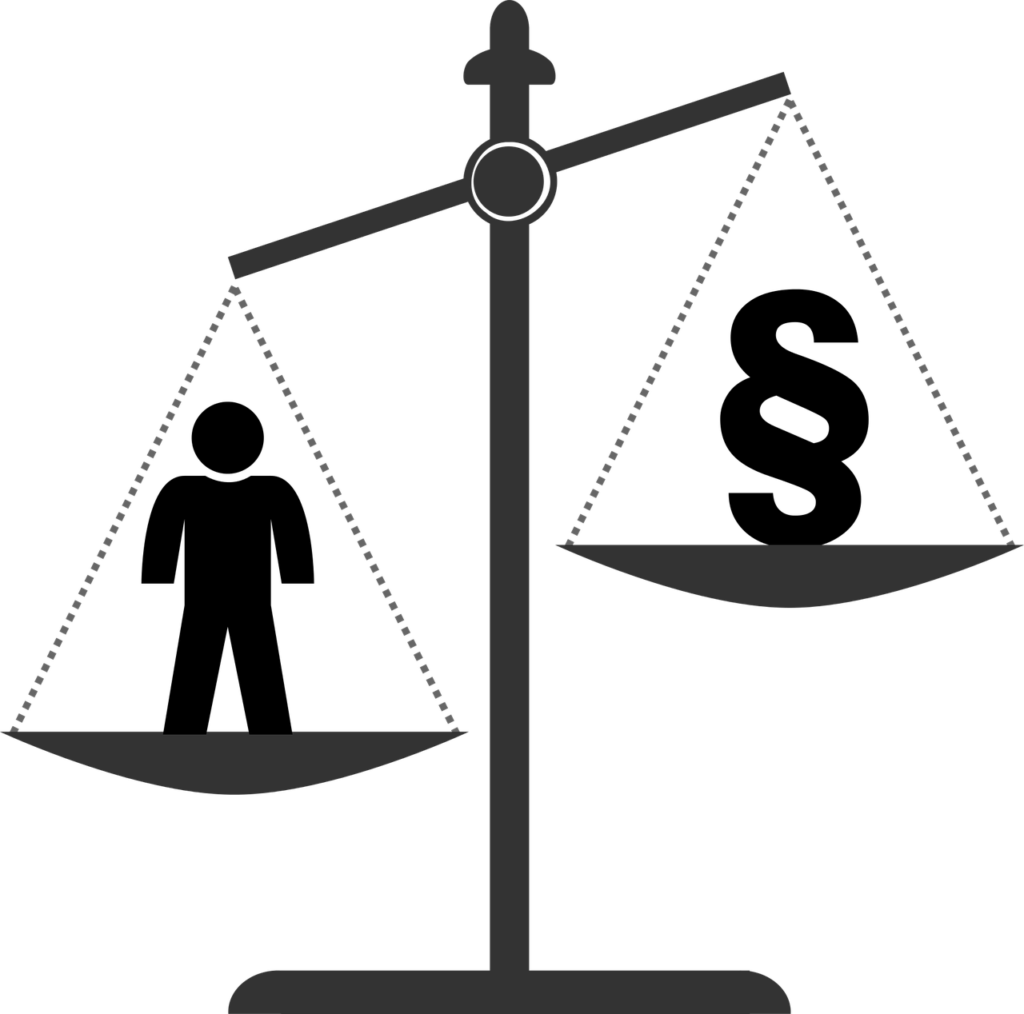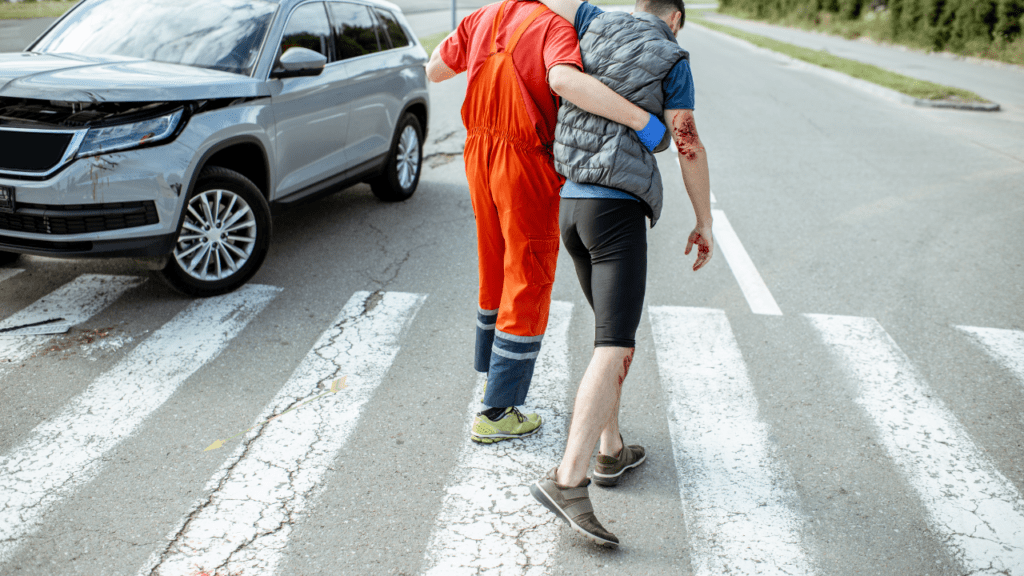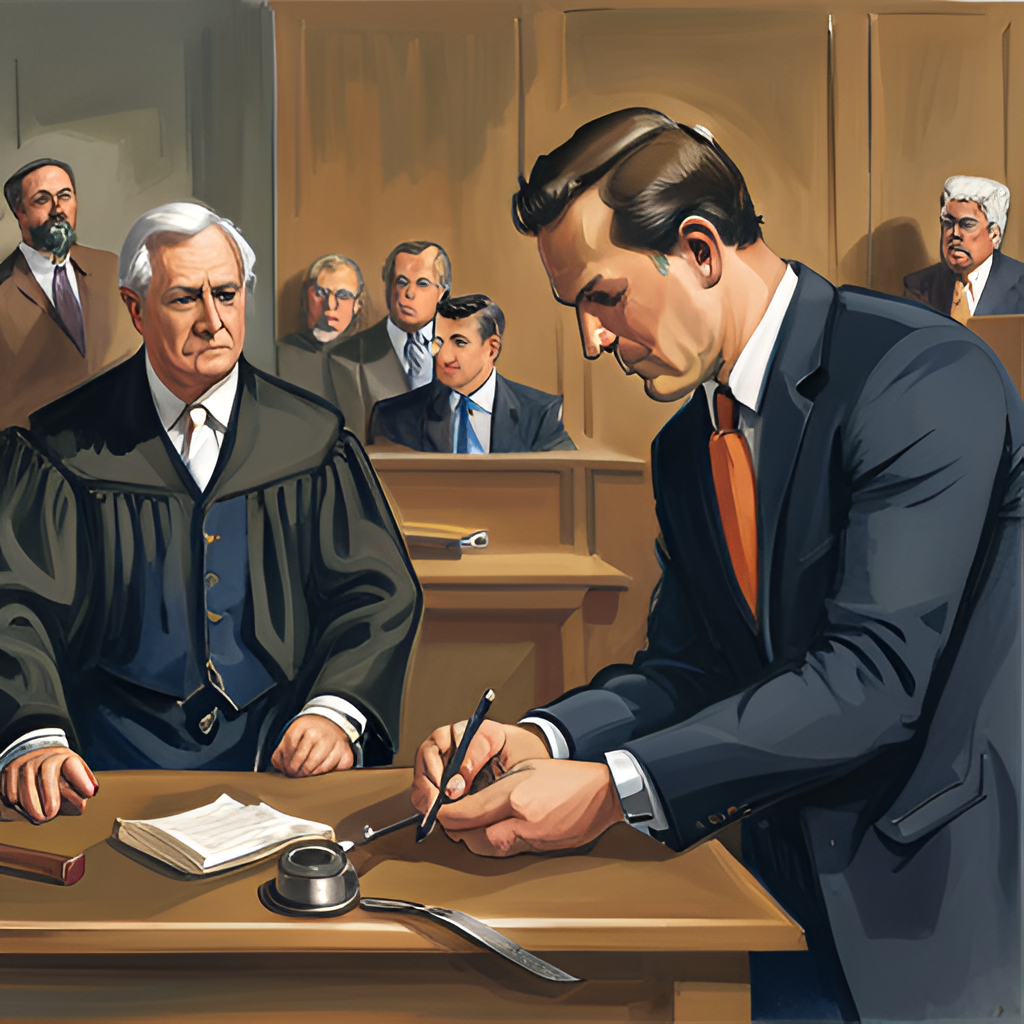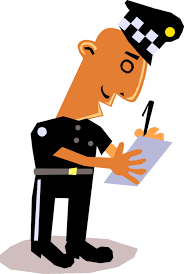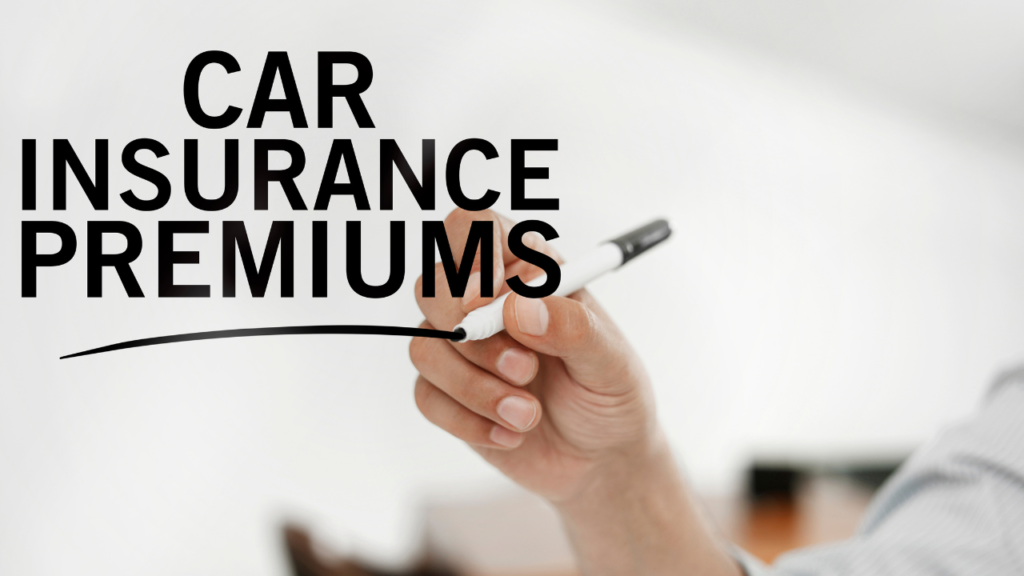Page Contents
What is a hit-and-run accident?
A hit-and-run accident is a type of road traffic accident in which a driver intentionally leaves the scene without providing contact information or assistance. This can be a criminal offence, particularly if someone is injured as a result of the accident. The law states that the driver of any vehicle involved in an accident has a legal duty to provide their details to anyone with reasonable grounds for requiring them.
There are various forms of “hit-and-run” accidents. For example, if someone hits an unattended, parked car and fails to leave their details, this is classified as a “damage only” type of hit-and-run. If someone hits another car or other property, no matter how slight the damage, they must stop and attempt to contact the owner, or report the matter to the police within 24 hours.
If a driver is not able to do so, they must report the accident to the police as soon as is reasonably practicable and in any case within 24 hours of the accident – unless they are so injured that they are incapacitated from doing so, in which case the sooner they report the accident the better.

Ultimately, if someone does not stop and the driver of the other vehicle is unaware of the accident, the Motor Insurers Bureau (MIB) becomes involved with cases of this nature. MIB is a national body which was established to compensate the victims of negligent uninsured and untraced motorists, and is responsible for operating the Uninsured Drivers Agreement and the Untraced Drivers Agreement.
If you have sought to ascertain the identity of the other driver and reported the matter to the police, but you are unable to advance a claim then your right to claim compensation should be protected by the MIB in respect of a claim for both injury or damage to property. There are severe penalties for failing to stop and report an accident that you are required to do either under the Road Traffic Acts or any other applicable legislation.
Failure to stop and provide your details can result in a fine, penalty points and even disqualification from driving, depending on how serious the court considers the offence to be.
1. Reporting the incident
Once you have realized that someone hit your car and drove off, unless the other party stops, it’s a criminal offence to fail to stop and report an incident. Failure to do so could result in a fine, penalty points, or even disqualification. Therefore, the first step is to contact the police so it comes on record. Then, take all the necessary details and also witnesses’ phone number, addresses, and vehicle details, such as car registration, in order to help trace the driver.
This is because giving false information, failing to give information, or failing to report an accident to the police is a serious offence that could result in prosecution. Moreover, even if the police do find the person responsible for the accident, you’ll still need to report the incident to the police in order to claim through your insurance. It is important to do it within 24 hours after the accident; otherwise, there’s a risk that your claim won’t be valid.
Also, provide them with the number plate information, which can help them investigate and establish exactly what happened. Moreover, give a written statement and describe the facts in a coherent, legible, and accurate manner. Check if there are any CCTV cameras and whether they cover the area where the accident took place.
Further reading: Is fleeing the scene of an accident a felony? | hit and run felony
Ask nearby companies and people whether they have such recordings. It could be an important clue to trace the driver who drove off. Also, the police may need to examine the scene of the accident. Therefore, it is sensible to ask a police officer at the time of reporting if that is necessary. Try not to get your car repaired before the police have seen it, as that could destroy evidence about the speed, direction, and severity of the collision.
1.1. Contacting the police
Contacting the police is a very important step once you have discovered that someone has damaged your car and failed to stop and give you their details. By law, all incidents where a vehicle is damaged and the driver fails to stop should be reported to the police within 24 hours.
Although in reality, many police forces may allow you to report such incidents within 5 days, it is still always best to contact the police as soon as you can after the incident. The police will then be able to give you a log number, which is a unique reference number, to prove that you have reported the incident to them.
Further reading: Fender Bender does not exchange information?
This log number will be very useful, particularly if your insurance company or a repair garage need it when dealing with your claim. The police will also ask you for a few details about the incident, such as when and where it happened. Try to give them as much information as possible, without speculating about who the other driver might have been or why the incident happened. If you discovered the incident after returning to your car from shopping or an appointment, try to give the police a time frame for when you believe the incident may have happened instead.
The police will also ask you about the damage to your vehicle. If it is safe to do so, it is often a good idea to take a few photographs of the damage before you report the incident to the police, as this may help with your claim. Also, if you notice any witnesses at the scene or if anyone speaks to you at the scene, make a record of their details, or ask them if they are willing to provide you with a witness statement.

Once you have reported the incident to the police, they may give you a crime reference number. This number is different to the log number that the police give you initially, and it will also be useful when dealing with your claim. It is worth making a note of the crime reference number as soon as you receive it from the police. You can find advice on what to do if you have discovered damage to your parked car from the police by clicking here.
1.2. Providing the number plate information
The next information that they will ask for is the number plate details of the car that hit your vehicle. Where a witness can assist, be sure to tell him to find out the number in order to assist the identification of the suspect vehicle. A number plate must be a standard issue with the car, which can be indexed to the car owner and have their details on register.
In Scotland, you go to the police station to report an incident, same as hit and run, but police in England can accept an over the phone report regarding a damage only accident. If the offender is later traced and convicted for the running of the scene of an accident, law requires the court to impose a driving disqualification of a minimum of 6 months and the driver in question can be further penalized with a fine of up to £5,000 or six months in prison.
It is an offense to fail to report an accident to the police within 24 hours. A person guilty of this could also receive a criminal record.
1.3. Providing details of the incident
Additionally, it’s important to provide details of where and when the incident took place, and a description of the circumstances. For example, did the other vehicle pull out in front of you, or was it on the side of your vehicle? Was the weather conditions poor, or was it dark? All of this information can help to build a picture of what happened.
If the person responsible for the accident is found and prosecuted, then the courts can sometimes order that compensation for damage and injuries is paid. This might be more likely to be successful if there is a clear record and proof of the details of the incident. However, it is important to remember that the driver might not always be traced and it is also possible that this person may not have valid insurance.
Further reading: What is the process to arrest someone for a hit and run with property damage?
So, even if something can be done to reclaim the cost of a policy excess or other losses, it is still important that a claim is made on the policy if necessary. This will allow the insurance company to start any repairs to the vehicle and provide a replacement vehicle if applicable. If the person responsible can be traced, this can also help to stop the same thing happening to someone else, which of course has wider road safety implications.
And so, by making a report to the police and helping with any subsequent prosecution, you can play an active part in making the roads safer for everyone.
2. Gathering evidence
Begin to gather evidence of the damage as soon as you can. Your first option is to take photographs of the damage to both vehicles. Try and ensure that the photos are time-stamped, which can help you later on if there are any disputes over when the incident occurred.
Remember to take wide shots of the road, including road markings and the position of the cars, in addition to close-up shots of any damage that has been caused. If possible, you should also seek to obtain dashcam footage from any vehicles that were in the vicinity. If the incident occurred on private land, you may also be able to obtain CCTV footage of the incident, which could be crucial in identifying the other driver.
Once you have taken photographs and noted any other evidence, you should contact the police and inform them of the incident if the driver has failed to stop. One of the benefits of doing so is that the police will allocate you a unique log number for the incident. This can be incredibly useful later on, particularly if further evidence of the incident comes to light. For example, if a witness comes forward with further information, the unique log number will help the police to easily and quickly identify the details of the incident from their records.
It can also be useful for insurance purposes to provide some form of official evidence that the incident has been reported to the police – particularly if there is any dispute raised by the other driver. Next, you should seek to obtain the details of any witnesses to the incident, including their names, contact telephone numbers, and home addresses.
This information could be crucial later on if a dispute arises over the identity of the other driver or the manner in which the incident occurred. Try not to worry too much if you are unable to obtain all of the information from a witness; even the smallest amount of detail could prove useful to you and your legal team later on.
2.1. Taking photographs of the damage
When taking photographs of the damage to your vehicle, you should aim to create a visual record that fully and fairly shows the extent of the damage. It is permissible for you to include more photographs than you might think are necessary, so don’t worry about taking too many.
You should also consider taking a video recording which will give a live view of the damage and can be referred to when looking at how the vehicle’s parts hang and move. When taking the photographs, it’s a good idea to place an object in the photographs to give a clear indication of the size and location of the damage. Make sure that all of the areas of damage are included in the shots and get down to the level of the damage when taking them.

In any event, do not forget to photograph damage which may be somewhere hidden. You will need to make sure that you take photographs on a “reasonable” day – i.e. when there is good lighting and the weather is relatively clear. If you take the images during the night, don’t use a flash, and if there is any water on the vehicle, photograph this as well. Also, avoid taking photographs in direct sunlight, as the glare off the vehicle may cover up certain areas of damage.
Try and ensure a full view and angle of the damage is provided – so get shots from all sides of the vehicle and possibly from slightly higher in order to give a full context. As soon as the photographs are taken, note the date and time of when they were taken as well as the date and time when the alleged incident happened.
No matter when the time of day the damage occurs, you should aim to get the photographs done as soon as possible. This is because the court may question if the vehicle was in a road traffic accident, yet the vehicle was driven with the damage for some time. If you cannot explain this delay, it may be used against you.
2.2. Collecting witness statements
Not every driver bothers to collect witness statements, but they can really help to speed up the claims process. Witness statements may be particularly important if there is a dispute later on in relation to who is at fault for the accident.
While every witness is different, try to encourage them to include the following information in their statement: – Their full name. – Their full contact details. – What they saw and when they saw it. – From where they saw the matter. – From what position the car which drove off was being driven. – Where that car was going. – The direction that the car was going in. – The manner in which the car was driven (for example, whether it was being driven too quickly or too slowly given the road). – Any other material information, for example the make, colour, or registration of the car that made off.
2.3. Searching for CCTV footage
CCTV footage can be invaluable in identifying the car that hit your car and the driver. For example, if the incident occurred near a shop or a public place, it is likely that CCTV cameras will have recorded the event. In the immediate aftermath of the incident, you should make a note of any nearby cameras and make initial inquiries with the owner of the camera to check if they may have captured the event.
You should also make efforts to identify where the relevant footage may be located. Footage may be held by the local council, shop or public area. You (or preferably a solicitor) can write to the owner of the footage requesting that it is preserved. If the owner subsequently wipes the footage and there was a legal obligation to preserve the footage, then this may be a serious issue. Cameras and footage can be different from location to location.
Further reading: Hit and run ticket: how much is a hit and run ticket?
For instance, some may be static and do not move or are operated by individuals. For example, your neighbour may have a security camera placed which points towards the road. Others, in particular cameras operated by the local council, are likely to be sophisticated and may have the capability to automatically track events within certain parameters.
When advised by a solicitor in the context of a civil claim, it may be necessary to obtain court orders requiring the relevant footage to be disclosed or preserved. However, usually such an order is not necessary. If nothing else, the fact that an order has been requested for the footage to be preserved can have significance in any later litigation.
2.4. Documenting any other relevant information
Finally, document any other relevant information. Depending on the specific circumstances of the incident, it can sometimes be helpful to document other information such as the exact time and date the incident took place, the weather conditions at the time, and whether or not your vehicle was legally parked when the incident occurred.
As mentioned in step 2.3, a written note of the exact time and date that you discovered the incident can be crucial. If you become aware of the fact that a certain piece of evidence exists (for example, a possible witness or CCTV footage), be sure to keep a record of what this evidence is and how you became aware of it. Also, make a note of what steps you have taken to try to secure this evidence.
For example, if you have made a note of the existence of CCTV footage, the owner of the footage is legally required to preserve it for a certain amount of time. If the owner does not preserve the footage, this could have implications should your case end up going to court. By documenting both the existence of the footage and the fact that you have informed the owner of the legal duty to preserve it, you will be better placed to demonstrate that all reasonable steps were taken in attempts to secure the evidence.
Lastly, you are also advised to document the passers-by who offer their assistance to you as potential witnesses to the incident. This includes taking a note of their name and contact details, as well as a written description of what they saw. It is usually best to have a variety of different types of evidence, so as to put you in the strongest possible position should the matter progress to court.
As a general rule, anything which helps to show how the incident occurred (and who is to blame) will be helpful. This can range from physical damage to a vehicle, the position of the vehicles, the point of impact, the location of any witnesses and so on. Gathering this kind of evidence can often be one of the most time-consuming aspects of dealing with an incident of this nature, as well as the most crucial.
3. Notifying your insurance company
The next step you should take is to notify your insurance company. This is extremely important as failure to do so in a timely manner may lead to difficulties with your claim being accepted. Your policy document will outline how quickly you need to report an incident to your insurance provider. It also may outline that, if you fail to notify the incident within the stated timeframe, you may lose the right to receive any compensation for the incident.
You may also lose your no claims bonus. This is known as a condition of precedent, meaning that the policy will not respond until the policyholder complies with the condition. To begin with, you should review your insurance policy to understand your obligations. Most insurance providers now have 24-hour claims lines, but the policy may ask you to provide notification in writing. This could be a brief outline of the incident including when and where the incident took place.
It is vital that the information given to your insurance company is accurate. If it is not, this could void the policy meaning that you lose your insurance cover. This could then lead to criminal prosecution for driving without insurance. Also, making a claim should not affect your no claims bonus on your policy. This is assuming that the incident is reported to the insurance company in a timely manner and your policy allows you to make a claim. However, if the incident is not reported to your insurance company quickly or if your potential claim is not notified, this could affect your no claims bonus.
A loss adjuster is a person who investigates and assesses your claim on behalf of the insurance company. If the incident is serious and the insurance company has knowledge that a loss adjuster is involved, this should be disclosed when notifying your insurance provider. This could form part of the necessary information that you are required to provide. Also, if the police attend the scene of the incident and record details, the insurance company may ask for the crime reference number. This can be found on the police report.
However, if there is information to suggest that the driver who caused the incident may be uninsured, the incident should also be reported to the police. This is because uninsured driving is an offence. If this information is not passed onto the police and the driver is found to be uninsured, it would mean that the offence has gone unreported.
This could mean that the insurance company might refuse to deal with the claim if anything is subsequently found that affects their ability to provide cover. Also, it may also be a condition in the insurance document that any incident where the driver fails to comply with the Road Traffic Act 1988 must be reported to the police.
This could be the case as failing to report the incident could lead to certain penalties and the policyholder losing the right to receive any compensation for the incident.
3.1. Contacting your insurance provider
After you have gathered the information that you will wish to provide to your insurance supplier and you have the company’s details to hand, the subsequent and most immediate step that you just ought to take is to contact your insurer as shortly as potential. Most insurance firms have a 24-hour claims line that you’ll be able to decision to report a road traffic accident.
When create this decision, you will usually speak to a client adviser who will take some initial details from you and notify you of the subsequent steps within the claims process. It’s vital to visualize your insurance policy to envision what your obligations are to your insurer within the event of a claim. Most insurance policies specify a amount within which you want to report any claim – usually inside twenty four hours of the incident.
Failure to report a claim at intervals the desired amount set move into your policy might end in your claim being turned down or your insurer not managing your claim within the most effective method. In some cases, you will need to fill during a form associate degree an accident claim form and send it to the opposite driver’s insurer yet as your own.
However, this type of form is typically solely required if an accident has been caused by another driver. In cases wherever it is your insurer who are meeting the prices of a claim, your insurance company can place confidence in the small print of the incident and will investigate more.
3.2. Providing the necessary information
You may be asked to provide a variety of information to your insurance company when you report the incident. Therefore, it is useful to review your insurance policy and the claims reporting process before an incident happens. Your insurance policy will list what information you will need to provide.
You will usually need to provide: (i) the registration mark of the vehicle – in this case, the car that caused the damage to your vehicle; (ii) the make and model of that vehicle; (iii) the time and date of the incident; (iv) the place of the incident; and (v) any other information or documents that your insurance policy requires you to provide.
If you do not provide all of the information that your insurance company asks for within the time limits set by your insurance policy, your insurance company might be entitled to refuse to deal with your claim and the claim could be statute barred. This means that you lose the right to get money for your claim. When you submit this information, your insurance company will check it against the Motor Insurance Database (MID), which is managed by the Motor Insurers’ Bureau.
This is a database of the insurance information of all the vehicles in the UK. The government uses MID to combat uninsured driving and to help the police identify and catch those who are breaking the law. All insured drivers’ details are recorded and must be notified to the MID. If you fail to do this, you could face prosecution, your car could be seized and destroyed, and you could be disqualified from driving.
However, your insurance company is not entitled to refuse to deal with a claim if the only reason that they have not done so is because they say you have not provided enough information and they (or their agent) have been in possession of that information for over a year.
3.3. Following the insurance company’s instructions
Once you have reported the incident to your insurance company and provided all relevant information, it is important to follow the insurance company’s instructions closely. The insurance company will likely have specific procedures and will give you clear guidance about what you need to do next. It is important to familiarize yourself with these procedures and to follow the guidance provided by the insurance company.
If you fail to follow the insurance company’s procedures or do not carry out the instructions given to you, this could affect your claim. If you ignore the insurance company’s instructions and do things your own way, this might make it more difficult for you to repair the car and to claim any costs back from the third party who caused the damage. If you act without following the insurance company’s procedures, this could even invalidate your insurance policy.
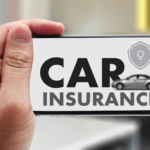
This means that if the insurance company refuses to deal with your claim for that reason and you have already had your car repaired or you have paid out on a claim, you will be responsible for paying for the repairs or costs yourself. This could end up being very expensive – particularly if the other driver is not insured.
Therefore, it is really important to make sure that you understand and follow the insurance company’s instructions from the start and at each stage of the process. If you are in any doubt about what you need to do, get in touch with your insurance company and get some advice. This will help to make sure that you have all the evidence you need to support your claim and that the insurance company can process your claim as quickly as possible.
4. Seeking legal assistance
When the damage to your car caused by the hit and run driver is substantial, it is advisable to seek legal assistance from a lawyer who specializes in traffic and personal injury law. It is important, however, that you first ensure you’ve completed the correct procedures of reporting the accident to the police and to your insurers and that you have fully explored all the other legal options available to you before deciding to go down the legal route.
Most lawyers out there offer either a free or a fixed fee initial consultation. During this consultation, the lawyer will ask you to describe exactly what happened and how the accident has affected you. The lawyer will also assess whether there is a sufficient level of evidence to support a claim for personal injuries in terms of a medical report (i.e. a report from your doctor that explains the nature and extent of any injuries that you have suffered as a result of the accident) and whether it can be proved who the driver of the other car was through the evidence available.
The lawyer will also discuss with you the methods by which the lawyer can be funded, whether through a no win no fee agreement or through a private fee paying arrangement. Please bear in mind that these investigations and the legal process in general can take a substantial amount of time before the case is finally concluded.
For example, your lawyer will start the case by sending what is known as a ‘letter of claim’ to the driver of the other car or to the relevant motor insurer, setting out in detail the basis of your claim and the nature of the injuries suffered. The recipient of the letter is under an obligation to acknowledge receipt of the letter within 21 days and to investigate the allegations of negligence. If liability is admitted, your claim will hopefully be settled without the need to issue court proceedings.
However, the defendant will be given 4 months to investigate and then respond to the allegations, which means in reality the entire pre-court protocol process will not conclude for at least about 4-6 months. If the case eventually proceeds to the stage of a court hearing, it is likely to take between 12-18 months or possibly even longer before the case is finally heard and determined by a Judge.
4.1. Consulting with a lawyer
Legal advice is always sought at the start of a claim. Lawyers have the knowledge and the tools to find out – based on the type of investigation needed – who caused your road traffic accident. Most lawyers in this area, including us, can deal with claims on what is known as a ‘No Win, No Fee’ basis. This means that if your case is successful, most of your legal fees will be paid that are not covered by the losing party (generally, this will be the insurance company defending the claim on behalf of the person who caused the accident).
The beauty of this type of lawyer is that if your case is not successful, the insurance of the person the claim is made against will generally pay most of the legal fees, meaning that (with us) your liability for incurring legal fees is very low.
Before you can progress your claim wherever it may be, whether it is litigation or the very start of a claim, your lawyer will – in order to look to diagnose the strength of your claim – need to obtain the following documentation: a copy of the insurance certificate of the driver who caused the accident; a copy of any relevant police reports or incident logs; and a formal acknowledgement of your instructions and authority to apply for documentation, such as medical records and an additional copy of a report of a particular type that needs to be sent for the purposes of the British Medical Association or a Crown Prosecution Service report requested under the Criminal Procedure and Investigations Act 1996.
4.2. Exploring legal options
You may be able to claim on your own uninsured motor policy. If you do pursue this option, it means that you are responsible for paying to repair your vehicle but your insurer will meet the costs involved in doing so. However, to use this option, your policy needs to cover for your own losses following an accident caused by an uninsured driver.
The policy will often include an excess, which you will have to pay, but it may be less than the one under your normal policy. Also, this may mean that your no claims bonus is not affected. Every car insurance policy includes a promise that if the driver who causes an accident is not insured, you will not lose your no claims bonus or have to pay the policy excess.
This is known as an uninsured driver promise. Therefore, if the accident was caused by an uninsured driver, or caused by a driver who can’t be identified, your insurer should be able to confirm that they will not hold you responsible for the accident. However, this only applies to damage to the vehicle and personal injury. If you make a claim under the uninsured driver promise, it will not count as a claim on your policy for the purposes of your no claims bonus and your policy excess is not applicable.
In addition, you need to provide a full account of what happened, including documentary evidence such as photographs. Also, you must not know the identity of the other driver or have enough information to identify the other driver and the incident must be reported to the police as soon as you can and you have co-operated fully with any investigation. Lastly, you may need help from a solicitor, especially if your claim progresses to a hearing.
This is because court proceedings can be extremely technical and there are many rules that must be followed, so it’s easy to feel overwhelmed. Also, the other driver may try to blame you and put up a fight, even if the evidence shows that they were at fault; so legal support may be necessary to ensure that your claim is successful.
Your legal expenses insurers may have a say in which solicitor you should use but if you are not happy, it is possible to challenge and get the solicitor of your choice. However, if you lose the claim, you may be required to pay expenses of the other driver and the costs of the court proceedings.
4.3. Initiating a civil lawsuit if necessary
Even with the assistance of a lawyer, filing a civil lawsuit is a complex and time-consuming process, and may take several months or even years to finally resolve. The first step in filing a lawsuit is to prepare and submit a document called a “complaint” to the court. A complaint sets out the basic facts and legal arguments in your case, as well as requesting the court to give a judgment in your favor and for the other party to pay you compensation.
Generally, you will need to pay a fee when you file your complaint, although you may be able to apply for a fee waiver if you cannot afford to pay the fee. After filing a complaint, the legal process goes through a number of different stages including “discovery,” where both parties exchange evidence that will be used at the trial, and a trial itself. It may be that your case does actually proceed to a trial and a judge or a jury must make a decision about whether you win your lawsuit.
However, it is far more likely that your case will be resolved before a trial actually takes place, either by a judge making a decision on some legal point without the need for a trial, or by the other party offering to settle the case. This process may be quite slow and may sometimes be frustrating – for example, because the other party and their lawyer are using delaying tactics, or because it is taking a long time for the court to deal with the case at various stages.
However, it is very important that you continue to follow the rules of the court and meet any deadlines, such as for the exchange of documents in the discovery process or for submitting evidence, as failure to do so may result in your case being thrown out by the court. It is essential that you continue to work closely with your legal representatives throughout the time that the lawsuit is ongoing, as they will be able to provide you with guidance and advice as to how to progress your case at each stage.
As with any legal proceeding, it is paramount that you heed any court orders and requests from the judge in your case, and meet the deadlines the court set. In the event that you are unsuccessful in your lawsuit, you may be responsible for paying some or all of the legal costs incurred by the other party, in addition to your own legal fees and expenses. A lawyer may be able to offer advice on the likelihood of your case being successful and the risks of having to pay costs if you do not win.


